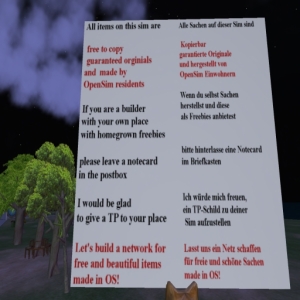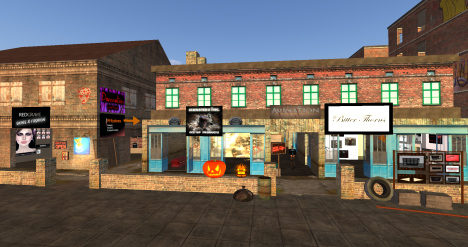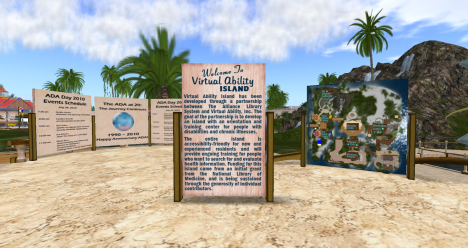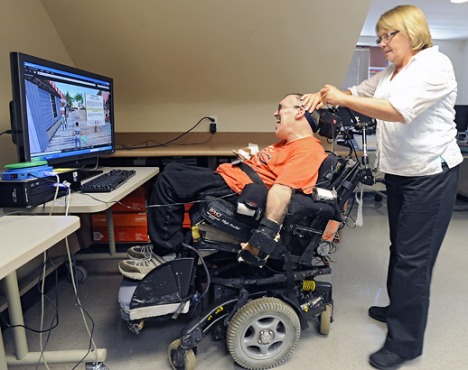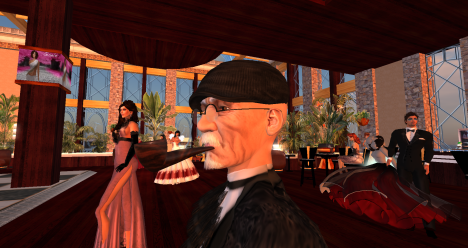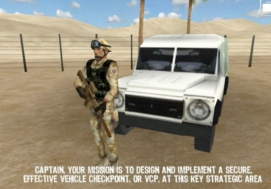1. ‘Turning’ boys into girls, virtually speaking
Transferring body ownership
to your virtual avatar …
The real Avatar: body transfer turns men into girls – video 85429678001 – life – 13 May 2010 – New Scientist.
Second Lifers or World of Warcrafters, who have become fully immersed in those environments, would be unlikely to doubt that one’s sense of self can be highly malleable and that they can easily believe – for moments at the very least if not hours – that their avatar, no matter how different in gender, species or age, is “really” them.
But people, who have not experienced MUVE immersibility either in a virtual world like Second Life, or a MMORPG such as World of Warcraft, might be very sceptical about the possibility.
However, researchers at the University of Barcelona, according to the New Scientist, have now shown that, facilitated by a “young girl body image” view with virtual-reality headset and some brief arm-stroking, men in their mid-20s can react as if the “avatar” body is their own. They feel that way even when they subsequently move outside the girl’s perspective and watch her being attacked.
Professor Mel Slater, who led the team that carried out the experiment, told Wendy Zukerman, of the New Scientist, “This is the first experiment to show that body ownership can be transferred to an entirely virtual body.”

Mel Slater
The finding, Zukerman said, highlighted how far one’s sense of self and body image could be manipulated, and could lead to therapies for conditions of body-image distortion such as anorexia and might be applied to entertainment – to make video games more immersive, for example –and also to psychology.
On average, the men in the experiment reported medium-strength feelings about the girl’s body being their own, and strong feelings that the woman was touching their body: the researchers recorded physical responses such as increased heart rate when the avatar, they were later viewing as a third person, was slapped.
The experiment demonstrated the strong connection the volunteers felt to their new, virtual bodies, Slater told Zukerman, suggesting that the familiarity of looking down and seeing one’s own body “is so overwhelming” that even dramatic changes in body won’t override the influence of vision.
Slater’s principal areas of research are in helping to find out what makes virtual reality work for people – in the sense that they can engage with one another in virtual environments, and also interact with virtual characters. His research, the study of ‘presence’ in virtual environments, is also explored in the context of psychotherapy for social phobia and other related applications.
2. Learning to control your nightmares the vid-gaming way
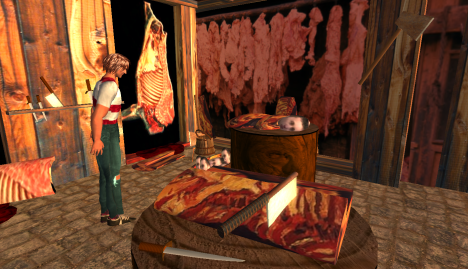
Nightmares - can you control them?
Video “gaming serves some of the same society functions in today’s world as explicit mythological systems have in indigenous cultures” through meditation-like absorption, according to Professor Jayne Gackenbach, of Grant MacEwan University, Edmonton, Canada, and Professor Harry T. Hunt, of Brock University, St Catherines, Canada, in a paper on “Video Game Play and Lucid Dreaming as Socially Constructed Meditative Absorption”, presented at the Science of Consciousness Conference.
Gackenbach, a psychologist with the Department of Psychology at Grant MacEwan, who has focused her research on the effects of technology, especially video game play, on consciousness, believes video gamers learn through gaming to have more lucid dreams than non-gamers, to control their dreams and nightmares and dull the stresses of real life.
Her research, which suggests gamers suffer fewer nightmares and are more likely to turn their nightmares into fun, video-game-like challenges, could aid those who suffer from post-traumatic stress disorder, of which nightmares are a common symptom.

Jayne Gackenbach
Noting in their paper that research has shown that video game players report more lucid dreams than those who rarely game, Gackenbach and Hunt said, “… gaming serves some of the same societal function in today’s youth as explicit mythological systems have in indigenous cultures … these states experienced in gaming are a spontaneous re-engagement with that level of collectivity from a place of our individual conscious isolation in highly differentiated and pluralistic modern culture.
“… It appears that gaming adds a dimension to the lucid dreams of gamers such that their full potential for focused problem solving is expressed very much like the strategies of video gaming. The enhanced bizarreness of lucid-gamer associated dreams may also serve as a trigger for the emergence of their increased lucidity. The exotic-mythic element of the lucid bizarre dreams of gamers (Gackenbach et al, in press) is similar to previous research on the archetypal content in dreams (Hunt, 1989).”
By comparing the lucid versus non-lucid dreams of gamers, Gackenbach and Hunt concluded that lucidity in gamer’s dreams emphasised the already generally positive dream experience of being lucid in sleep, including the enhanced aggression which facilitated the sense of empowerment also typical in video-game playing. Not only is there more lucidity in gamer’s dreams, but that lucidity seems to be further enhanced by the gaming experience.
“To be absorbed in consciousness, be it in lucid dreams, intense fantasy or meditation is also to be absorbed in the social field more deeply than is available in ordinary consciousness,” they argued. “Since consciousness itself is collective already, and the high absorber is entering the level provided in traditional times by externalised ritual and myth, gaming offers those in contemporary western individualistic society much the same function.
“Specifically it is an externalised absorptive consciousness with provided patterns that are accordingly socially structured, simultaneously shared, and so offering some of the support of tribal societies, which individual high absorbers in the west have lost in their only ostensibly “private” lucid dreams and meditations,” they said.
Gackenbach’s research and views on dreaming, which she presented recently at two gaming conferences, Games for Health and Canadian Game Studies, have gone viral on the net with good reason. They are an important adjunct to explaining the ways MUVES – whether in video-gaming or virtual on-line environments – can work in changing both perceptions and people’s lives and how they can be used.

- Harry T. Hunt
Dreams and video games both represent alternate realities,she told LiveScience Senior Writer Jeremy Hsu, noting, however, that dreams arise biologically from the human mind, while video games are technologically driven by computers and gaming consoles.
“If you’re spending hours a day in a virtual reality, if nothing else it’s practice,” she said. “Gamers are used to controlling their game environments, so that can translate into dreams.”
On the question of mastering nightmares, Gackenbach conducted a 2008 study with 35 males and 63 females, which found that gamers experienced less or even reversed threat simulation (in which the dreamer became the threatening presence), with fewer aggression dreams overall.
“What happens with gamers is that something inexplicable happens,” Gackenbach explained. “They don’t run away, they turn and fight back. They’re more aggressive than the norms.”
Filed under: Education, Online identity, Second Life, Sl Conferences, SL Medicine, Video Gaming, Virtual Worlds | Tagged: avatar identity, Brock University, Canadian Game Studies, dreams, games for Health, Grant MacEwan University, Harry T. Hunt, Jayne Gackenbach, Jeremy Hsu, LiveScience, Mel Slater, mightmares, MMORPGs, New Scientist, nightmares, Post-Traumatic Stress Disorder, Science of Consciousness Conference, slenz, Social Presence in Virtual Worlds, tribal mythology, University of Barcelona, video games, VLENZ, Wendy Zukerman, World of Warcraft | Leave a comment »


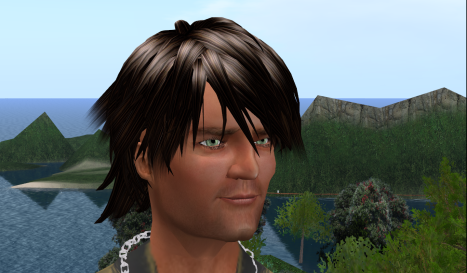



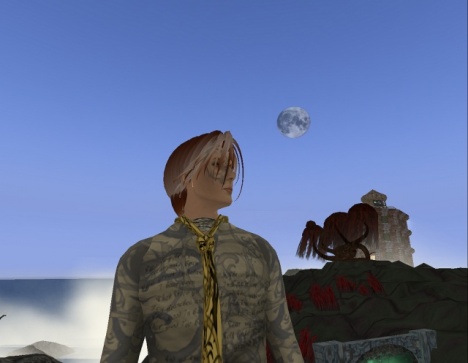



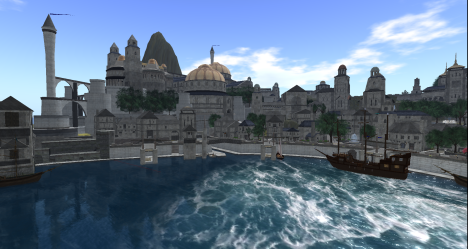

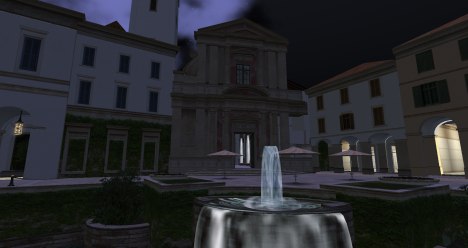

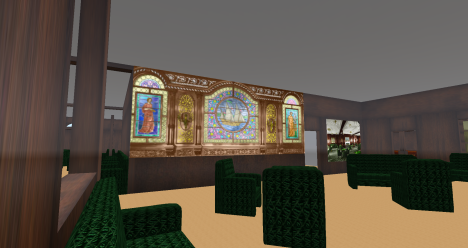
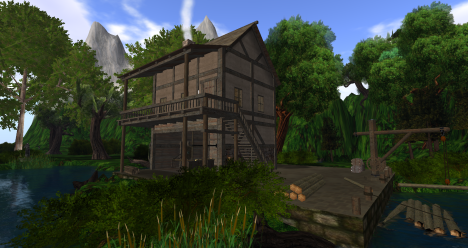
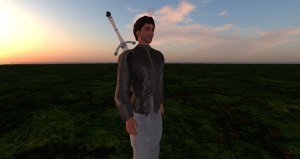
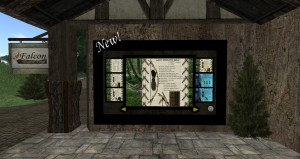
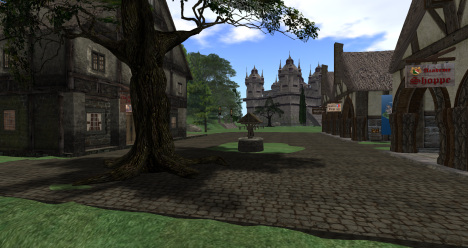
 p
p

